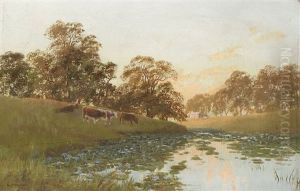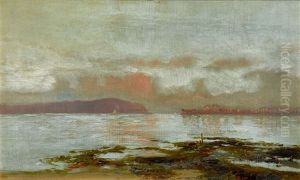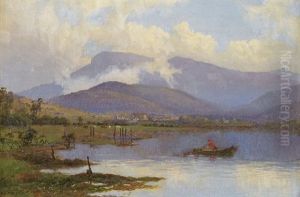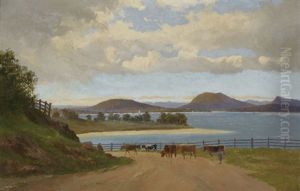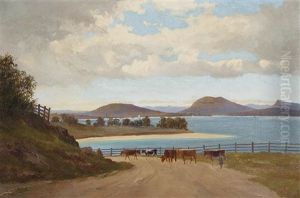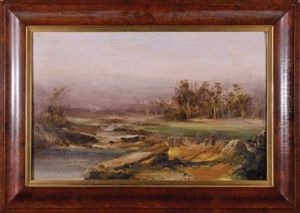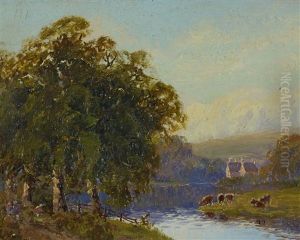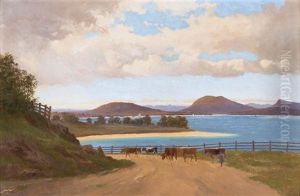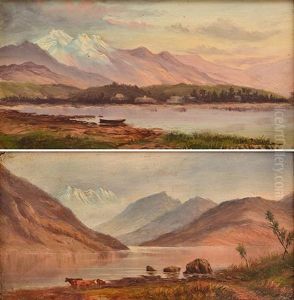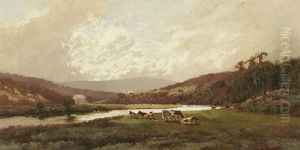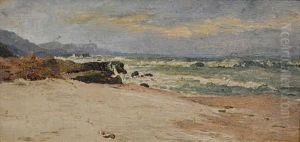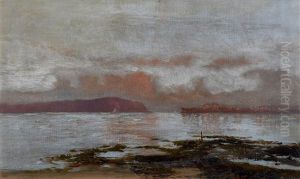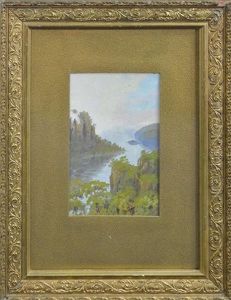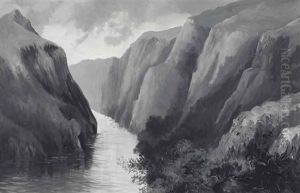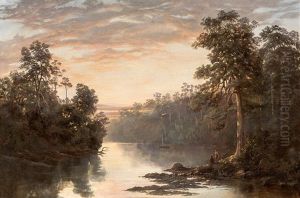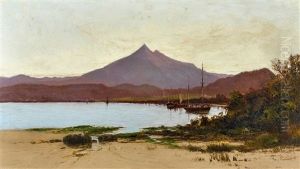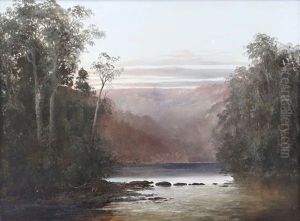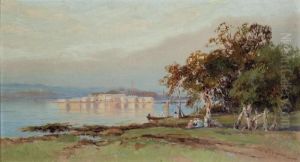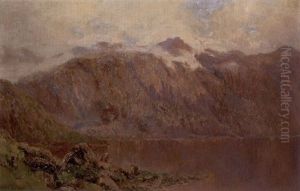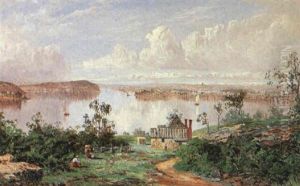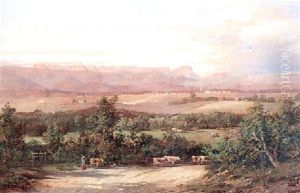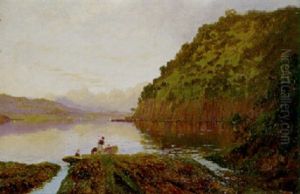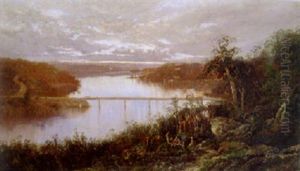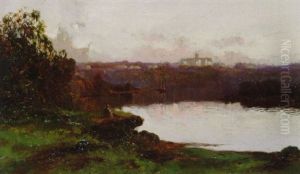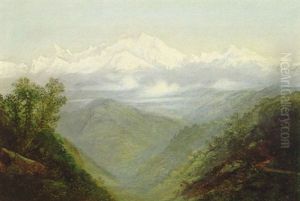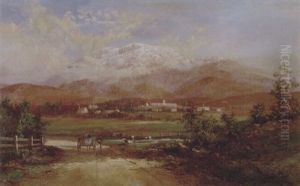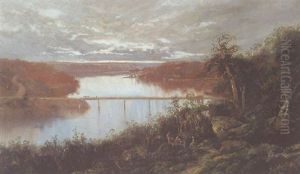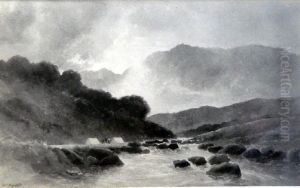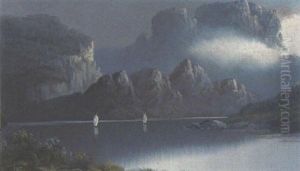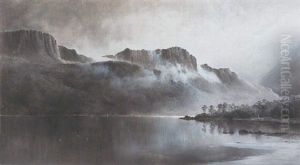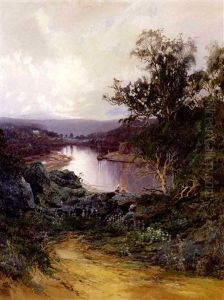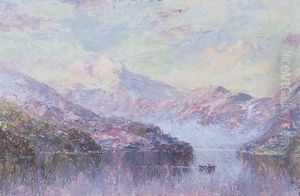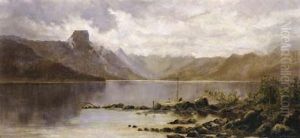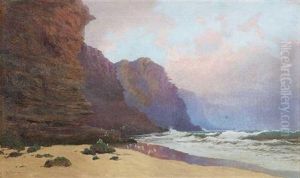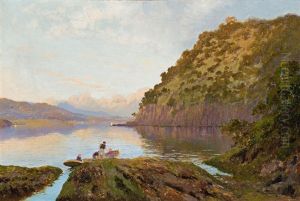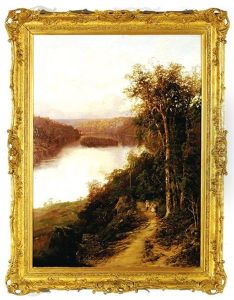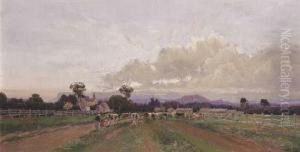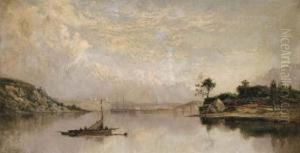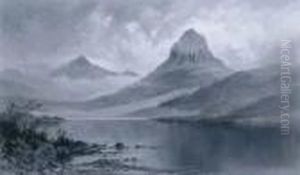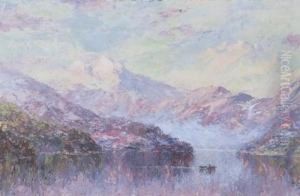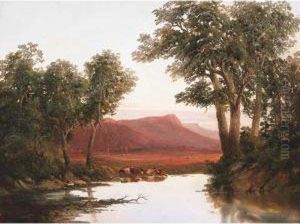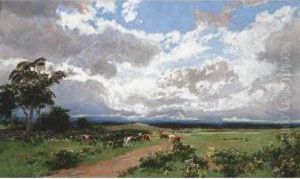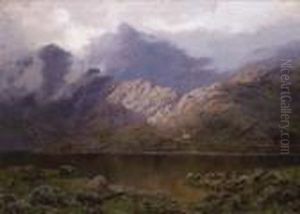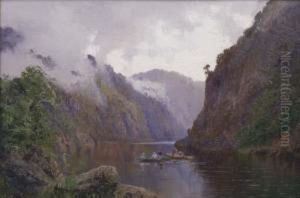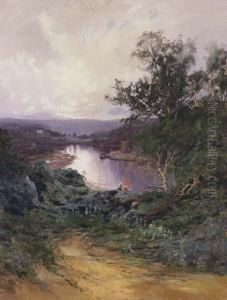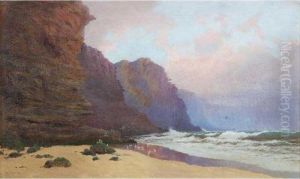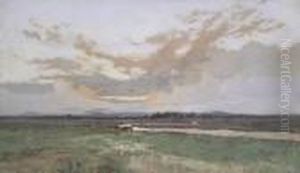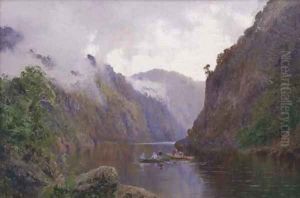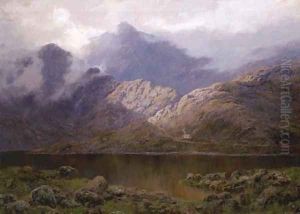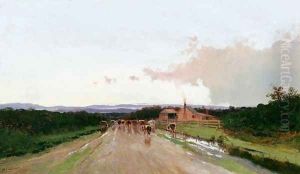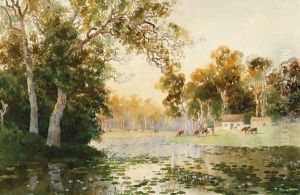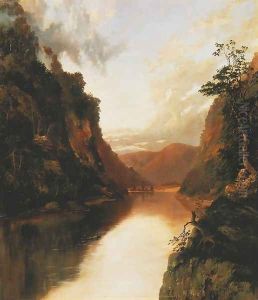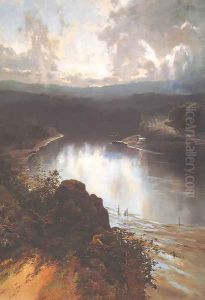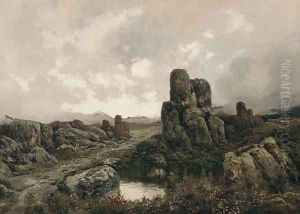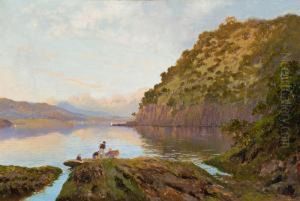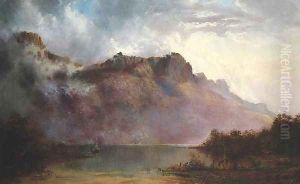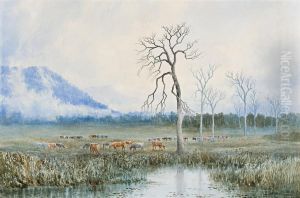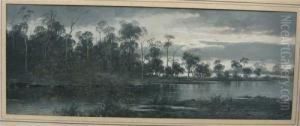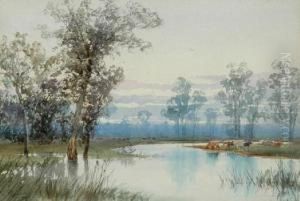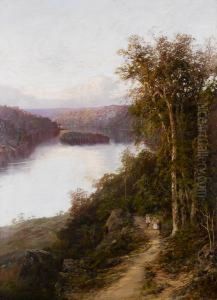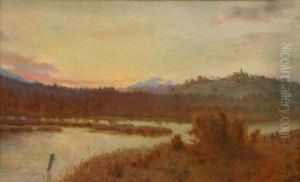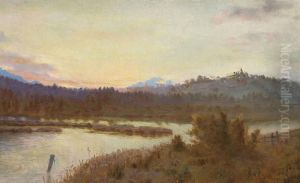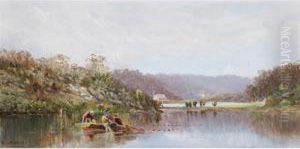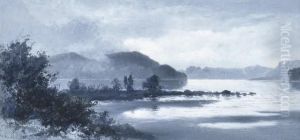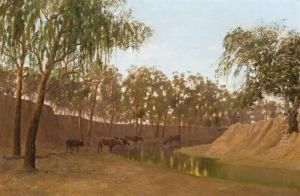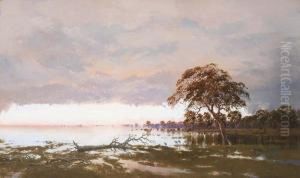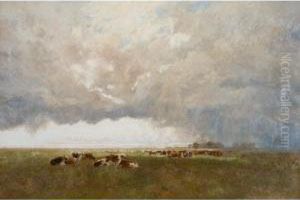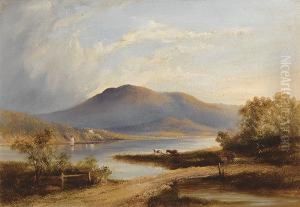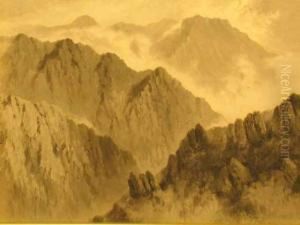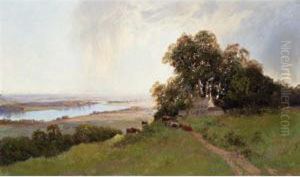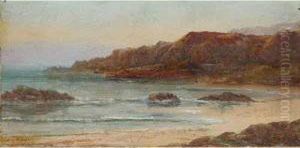William Charles Piguenit Paintings
William Charles Piguenit was a notable Australian landscape painter, born on August 27, 1836, in Hobart, Tasmania. He was the son of a convict-turned-police officer, Frederick Le Geyt Piguenit, and Mary, née Price. Piguenit's artistic talent became evident early in his life, although he commenced his working career in the Tasmanian Lands and Surveys Department. It wasn't until his thirties that he began to pursue art professionally.
Educated mainly in Hobart, his training was primarily self-taught, although he did receive some informal guidance from his fellow Tasmanian artist, Frank Dunnett. Initially, Piguenit's works focused on detailed pencil sketches of landscapes, but he later transitioned to oil paintings, which he became well known for. His paintings often depicted the pristine and rugged Tasmanian wilderness, including Mount Wellington and the Derwent River, which he rendered with great detail and atmospheric effect.
Piguenit's painting 'Mount Olympus, Lake St Clair, Tasmania, the source of the Derwent' won a gold medal at the 1879 Sydney International Exhibition. This achievement gained him significant recognition and helped to establish his reputation as a leading Australian landscape artist of his time. He became the first Australian-born artist to have a work acquired by the Art Gallery of New South Wales, with his 1880 painting 'The flood in the Darling 1890'.
In 1887, Piguenit visited Europe, which influenced his work with broader brushstrokes and a lighter palette upon his return to Australia. His European experience expanded his artistic horizons and exposed him to the works of the great masters, contributing to the evolution of his style.
Piguenit continued to paint until his later years, focusing on the landscapes of New South Wales, including the Blue Mountains, and the Hawkesbury River. His works were characterized by their meticulous detail, rich color, and dramatic lighting, capturing the unique beauty of the Australian landscape.
William Charles Piguenit remained a bachelor throughout his life and was known to be a quiet and reserved person. He passed away in his home in Hunters Hill, Sydney, on July 17, 1914. His legacy is celebrated for his contribution to Australian art, particularly Tasmanian landscape painting, and his works continue to be admired for their depiction of the grandeur of the Australian wilderness.
